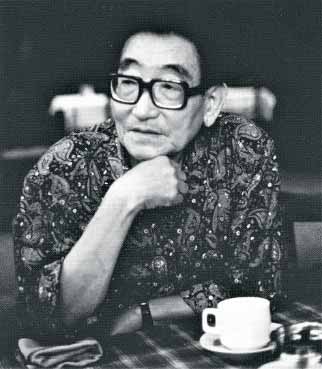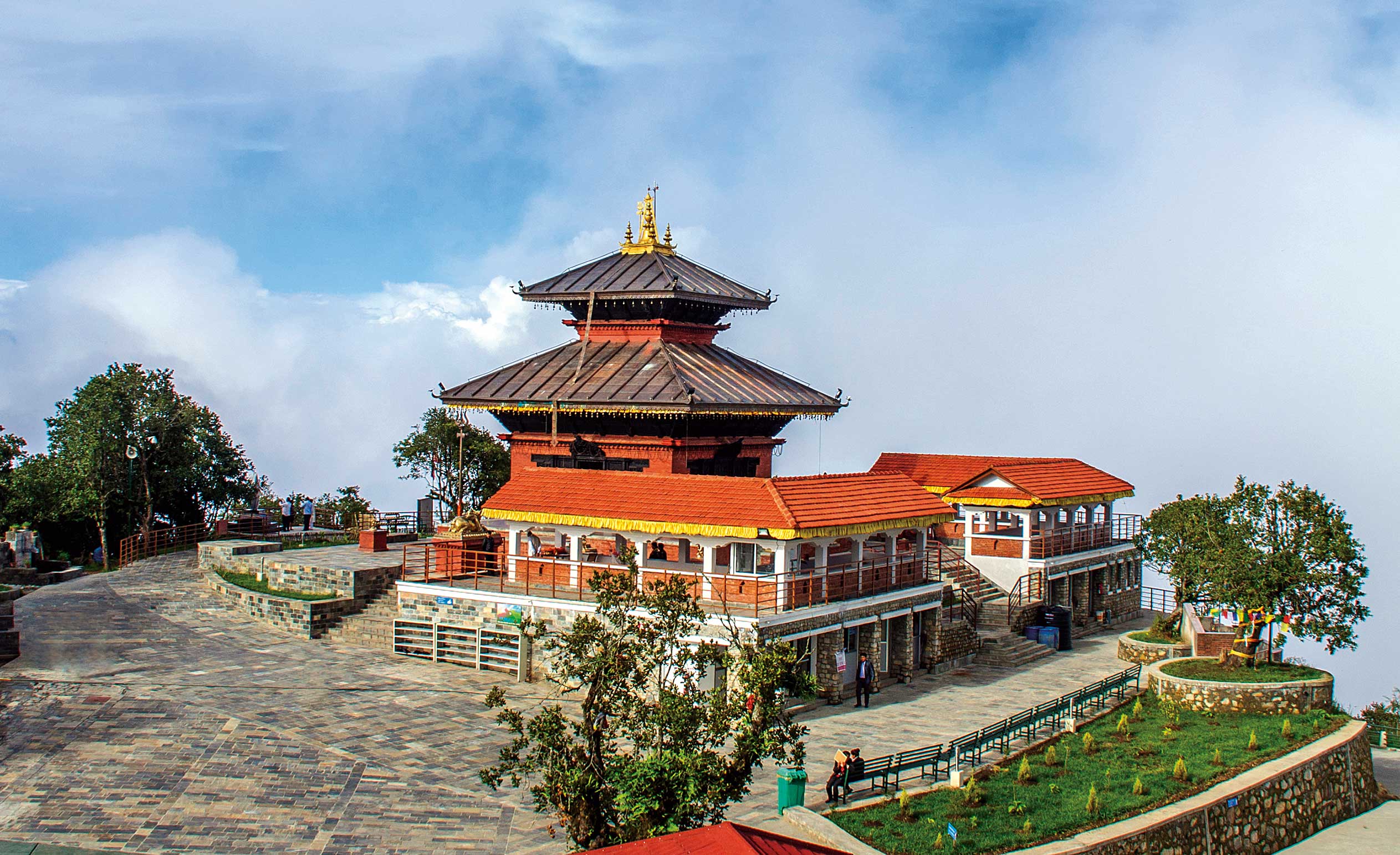Nestled in the hills of Sakhu, northeast to Kathmandu, Bajrayogini, also known as Gum Bihar, is a famous tantric temple. It is reputed to shower devotees with it’s great power of blessings. The much revered Bajrayogini temple
Bajrayogini stands as proof to the belief that Buddhism existed in Nepal from around the start of the first century AD. Gum Bihar, a Buddhist shrine, was built during the Licchavi period (300-879AD). Manadev repaired the temple as an act of redemption for his sins; he had inadvertently killed his father. He built a stupa in the area, which lies next to the temple of Bajrayogini. Starting from the eleventh century, the people of the area began to divert to Hinduism. It was due to this change of religious focus that the Buddhist Gum Bihar lost much of its attractiveness to the Bajrayogini Temple built in its vicinity. The bronze image of Buddha slowly decreased in importance as the image of Ugratara Bajrayogini attracted most of the worshippers visiting the hill. By the time the Shahs took over rule in the Kathmandu Valley in the eighteenth century, this Buddha image was deprived of its original form and representation.

The cultural importance of Bajrayogini is immense. As with other significant places of worship, Bajrayogini is an integral part of the Nepali way of life. On a different note, the area was selected for the spot of the 29th Soil Conservation Day celebration in 2009.

The Temple and the Pool of Gold
“More steps to climb?” I complained; ascending more than 500 of them had made my legs tired already...










